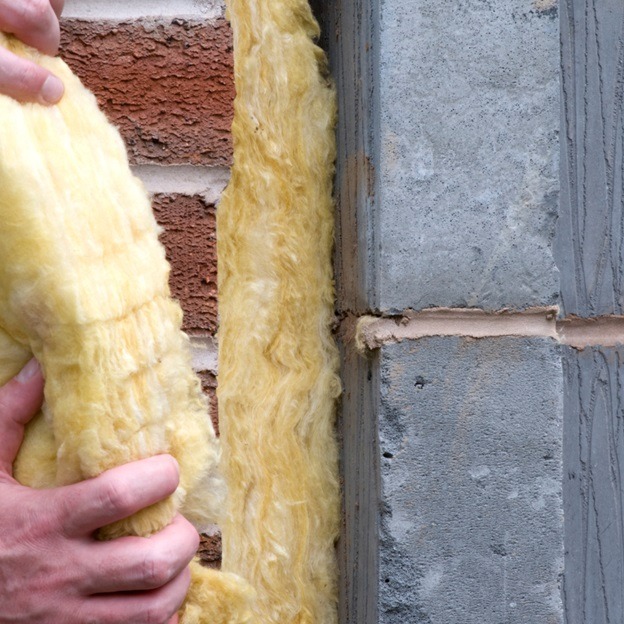Installing insulation is one of the most important steps you can take to save money on your energy bill and help the environment. Here are 4 easy steps to help you insulate your home for maximum energy efficiency.
1. Choose the Right Insulation
Insulation is important for keeping your home or office warm in the winter and cool in the summer. There are many types of insulation, and it can be a challenge to choose the right one for your home or office. Here are some things to consider when selecting insulation:
Your climate
Insulation is typically rated according to its R-value, which measures how effective it is at reducing heat loss. The higher the R-value, the better the insulation will work at protecting against heat loss. If you live in a very cold climate, high-R-value insulation such as fiberglass may be a good choice because it will keep you warm even when temperatures outside are below freezing. On the other hand, if you live in a hot climate, low-R-value insulation such as cellulose may be a better choice because it will not allow as much heat to escape from your home or office.
Your budget
You likely won’t need as much high-R-value insulation if your home or office is small or if you only use some of the rooms during the winter months.
2. Install the Insulation
Insulation is an important part of any energy-efficient home. It can help reduce your energy costs, and make your home more comfortable in the winter. The right insulation can also help keep your home cooler in the summer. There are a few things to consider when installing insulation:
- The type of insulation you choose will depend on the climate where you live. For example, if you live in a hot climate, you might want to use air infiltration barrier insulation (AIBI). This type of insulation uses air bubbles to create a barrier between the inside and outside of the wall or ceiling, helping to prevent heat from escaping during the summer months.
- Make sure that you have enough space for the installation. Insulation can be bulky, so make sure there’s enough room for it all!
If you’re interested in installing insulation in your home, be sure to talk to home insulation companies near me.
3. Waterproof the Insulation
Waterproofing the insulation can help protect it from moisture and condensation that may occur in the air. This is especially important if the insulation is located in an area where there is a lot of moisture, such as near a rain gutter or in a crawlspace.
4. Maintain the Insulation
When it comes to maintaining insulation, it is important to note that improper care can lead to problems down the line. Improperly maintained insulation can result in condensation, leakage, and overheating. Additionally, not properly insulating a structure can also increase its susceptibility to weather-related damage. When it comes to insulation, proper care is key to ensuring long-term success.
Conclusion
By following these 5 easy steps, you can insulate your home for maximum energy efficiency and save money on your energy bill.

